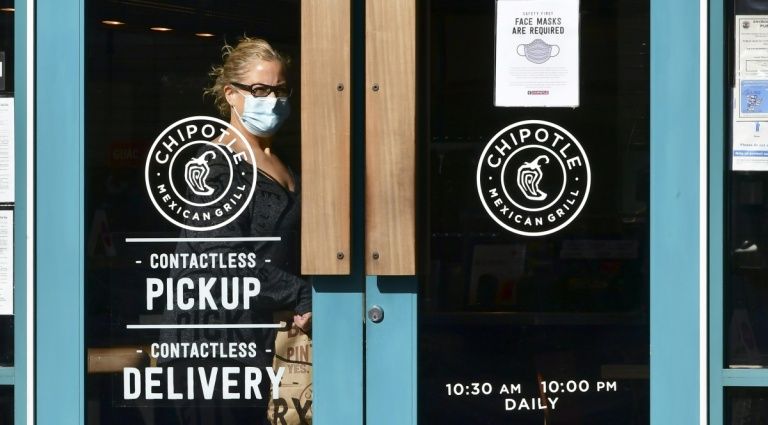US jobless claim data underscores employment crisis awaiting Biden
Washington (AFP) – US government data released the day after Joe Biden entered the White House made clear the scale of the employment crisis facing the new president as the country struggles to make it through the Covid-19 pandemic.
The United States saw 900,000 new filings for unemployment benefits last week, the Labor Department said Thursday, a huge number that remains well above the single worst week of the 2008-2010 global financial crisis, during which Biden served as vice president under Barack Obama.
Economists had been expecting a significant reduction in seasonally adjusted claims in the week ended January 16, but instead they fell just 26,000 from the prior week’s downwardly revised total, underscoring the damage done by the pandemic’s renewed onslaught in the country.
The government also reported 423,734 new filings made under the Pandemic Unemployment Assistance program for self-employed people not normally eligible for benefits.
That was nearly twice the week prior, after that program lapsed briefly amid a standoff in Washington over extending it and other aid.
All told, nearly 16 million people were receiving some form of assistance from the government as of January 2 — a figure that’s expected to rise.
“Layoffs are ongoing at an elevated pace, reflecting the impact of containment measures,” Rubeela Farooqi of High Frequency Economics said in an analysis.
“Conditions are unlikely to improve until infections can be curbed, and the economy can reopen more completely.”
– Turning it around –
Citing the report, National Economic Council Director Brian Deese called on Congress to quickly enact Biden’s $1.9 trillion recovery plan.
“We must act now to get this virus under control, stabilize the economy and reduce the long-term scarring that will only worsen if bold action isn’t taken,” he said in a statement.
New jobless filings skyrocketed after states and cities restricted business across the country when Covid-19 broke out in March.
Though they’ve come down from the millions initially reported each week as businesses shed employees en masse, they have remained at very high levels ever since.
The unemployment rate has seen a similar trajectory, shooting up to 14.7 percent in April but declining in subsequent months to its current 6.7 percent.
Biden’s spending proposal is aimed at both improving the rollout of Covid-19 vaccines that are seen as the economy’s best hope for a sustained recovery, and aiding small businesses and the unemployed.
But even with the plan, Lydia Boussour of Oxford Economics warned the job market is in for rough times to come.
“Fiscal stimulus prospects, along with broader vaccine diffusion, are pointing to a brightening labor market outlook but with the pandemic still raging, claims are poised to remain elevated in the near-term,” she said.
– Chopping it down –
With his Democrats only narrowly controlling both houses of Congress, it’s unclear what degree of support Biden’s package will get from Republicans.
Michael Feroli of JP Morgan predicted Congress could pare the president’s plan down to the $900 billion range, matching a separate measure approved last month.
Even the smaller amount would boost GDP growth this year to 5.3 percent and in 2022 to 2.6 percent, he said, a “remarkable expected turnaround” aided also by negligible inflation and the Federal Reserve’s maintenance of low borrowing rates.
Sectors of the economy have nonetheless prospered during the pandemic, with the Commerce Department reporting on Thursday homebuilding projects jumped 5.8 percent in December from the month prior.
That was 12 percent higher than December 2019, despite the toll of Covid-19.
Disclaimer: Validity of the above story is for 7 Days from original date of publishing. Source: AFP.


